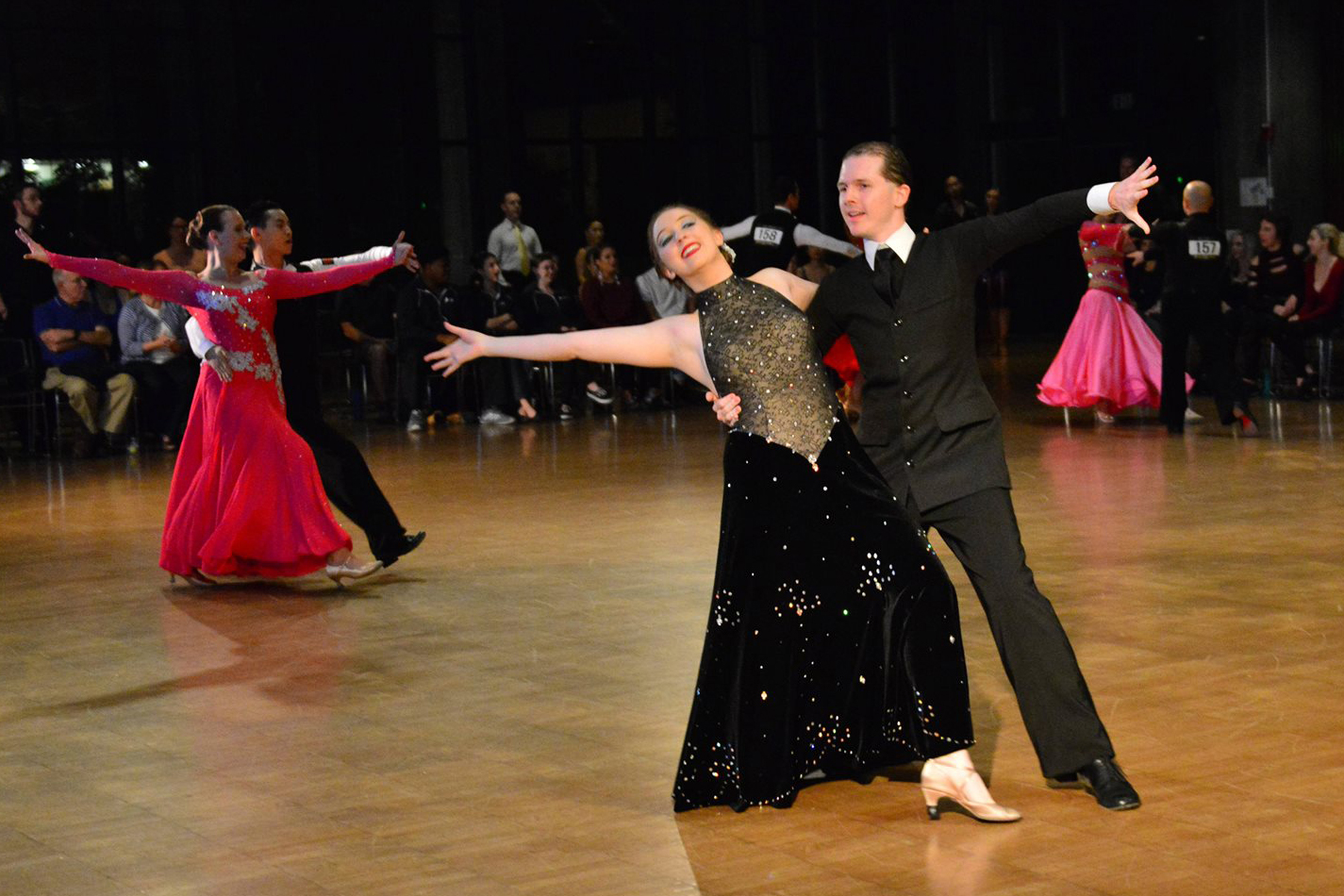Text:
Me: “Do you have any festivals that you participate in?”
CC: “Yes, this is like a mix between a festival and a holiday, it’s called Las Posadas. In my Mexican culture, we celebrate from December 16 through Christmas Eve. Every day, a different household hosts and we usually eat tamales and hot chocolate. This 9 day celebration is seen as a traditional religious celebration that honors the birth of baby Jesus. My family dresses up in costumes that signify Jesus, Mother Mary, and Joseph. We parade around the neighborhood while singing Catholic songs, saying prayers, and basically re-telling the story of how Mary and Joseph were looking for a place to stay.”
Me: “Can you explain the costumes you guys wear?”
CC: “Sure, since there are only three main characters, the younger kids in my family are usually the ones that portray Mary, Jesus, and Joseph. The rest of us dress up as angels or simply just carry a candle as we walk during night time. My grandma actually hand sewed these costumes and they are used every year, I actually don’t know how old these costumes are. As we parade around the neighborhood, it’s a good reminder of what Mary went through and it’s a time where my family and I can appreciate the comfort of a warm home to go to at night.”
Context (informant’s relationship to the piece, where they heard it, how they interpret it):
-CC’s relationship with this festival/holiday stems from her traditional Catholic Mexican household and childhood. Given that this 9 day long festival is celebrated every year, CC has been able to appreciate this practice differently all her life considering it is uniquely performed by her family; as seen within the custom made costumes and the comfort of each household. CC heard about this festival/holiday from her dad’s side of the family, considering they are the only ones that celebrate these daily festivities despite the fact that CC’s mom is also of Mexican descent. CC grew up being exposed to Las Posadas only from her dad’s side of the family as they tend to be more religious and are adamant about continuing the festival/holiday. CC interprets this holiday/festival as a religious experience that can bring one’s community closer together as it’s a reminder of the importance of family, stability, having a roof over your head, and faith during the holiday season.
Analysis(what kind of personal, cultural, or historical values might be expressed) YOUR interpretation:
-The cultural values within Las Posadas stems from a sense of community and lifestyle values that are implemented within a typical Catholic Mexican household. Not to mention, this festival/holiday can also be seen celebrated in Honduras, United States, Mexico, Guatemala, and other Latin American countries. The personal values that are expressed within this 9 day long festival celebration is exemplified by the religious and spiritual beliefs of an individual and within one’s household. Considering this holiday is slowly disappearing as it is not celebrated as much, it takes a strong religious household to carry on this tradition and to evoke the importance of re-telling the story of Mary, Joseph, and Jesus. I interpret this festival/holiday as a unique story-telling practice that evokes awareness, community, and faith. I see the concept of Las Posadas as a way to teach the younger generation about the story of the birth of Jesus and as a way to increase spiritual faith within a family. Considering I only celebrate this holiday/festival with my great-grandmother (from my dad’s side of the family), I have learned to appreciate the idea that older, more religious individuals are trying to carry on such a unique festivity that is filled with love, food, family, and valuable life stories. The concept of a potloch can be seen within Las Posadas since it is typical to see each family cater to the community/household by bringing different food items and drinks to enjoy throughout the parade. A similar holiday that can be seen in correlation to Las Posadas is Easter Sunday within American culture. The idea of celebrating the resurrection of Jesus during a storytelling church service indicates the similar qualities of Los Posadas given the religious, community, and spiritual values that are evident within both holidays.

